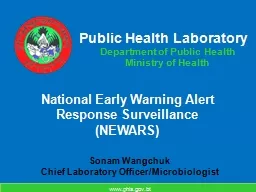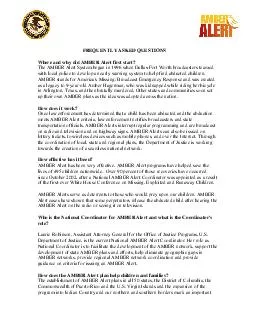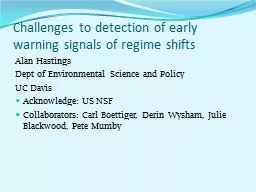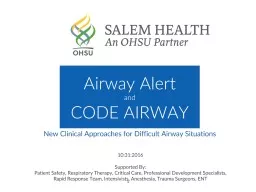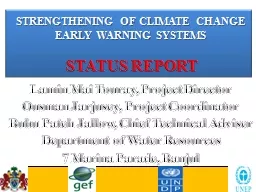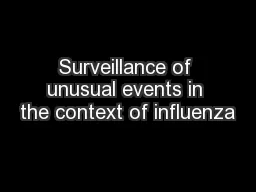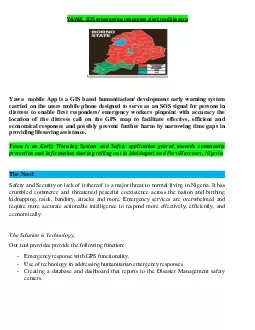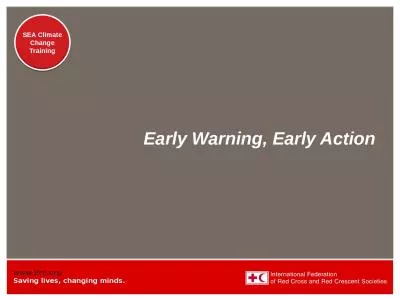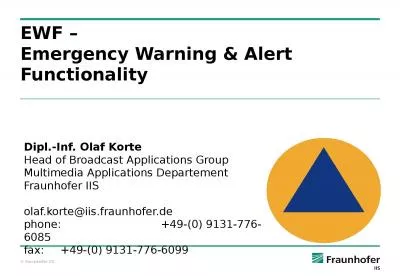PPT-National Early Warning Alert Response Surveillance
Author : lois-ondreau | Published Date : 2017-05-23
NEWARS Sonam Wangchuk Chief Laboratory OfficerMicrobiologist Designated national focal point for Disease surveillance and Outbreak investigation Introduced National
Presentation Embed Code
Download Presentation
Download Presentation The PPT/PDF document "National Early Warning Alert Response Su..." is the property of its rightful owner. Permission is granted to download and print the materials on this website for personal, non-commercial use only, and to display it on your personal computer provided you do not modify the materials and that you retain all copyright notices contained in the materials. By downloading content from our website, you accept the terms of this agreement.
National Early Warning Alert Response Surveillance: Transcript
Download Rules Of Document
"National Early Warning Alert Response Surveillance"The content belongs to its owner. You may download and print it for personal use, without modification, and keep all copyright notices. By downloading, you agree to these terms.
Related Documents

